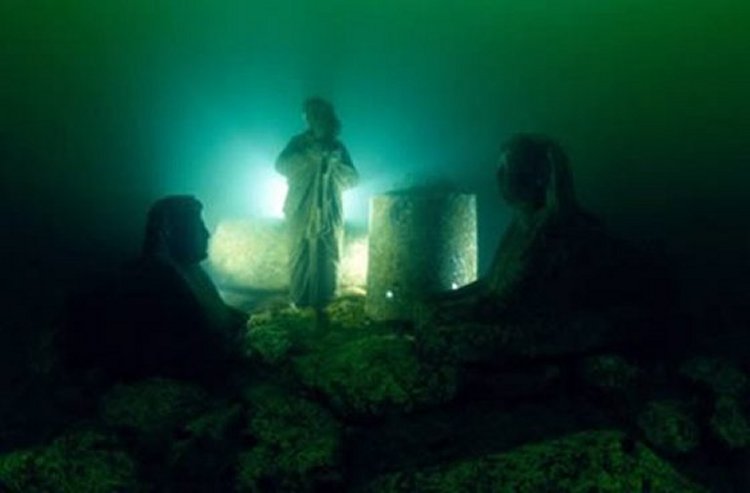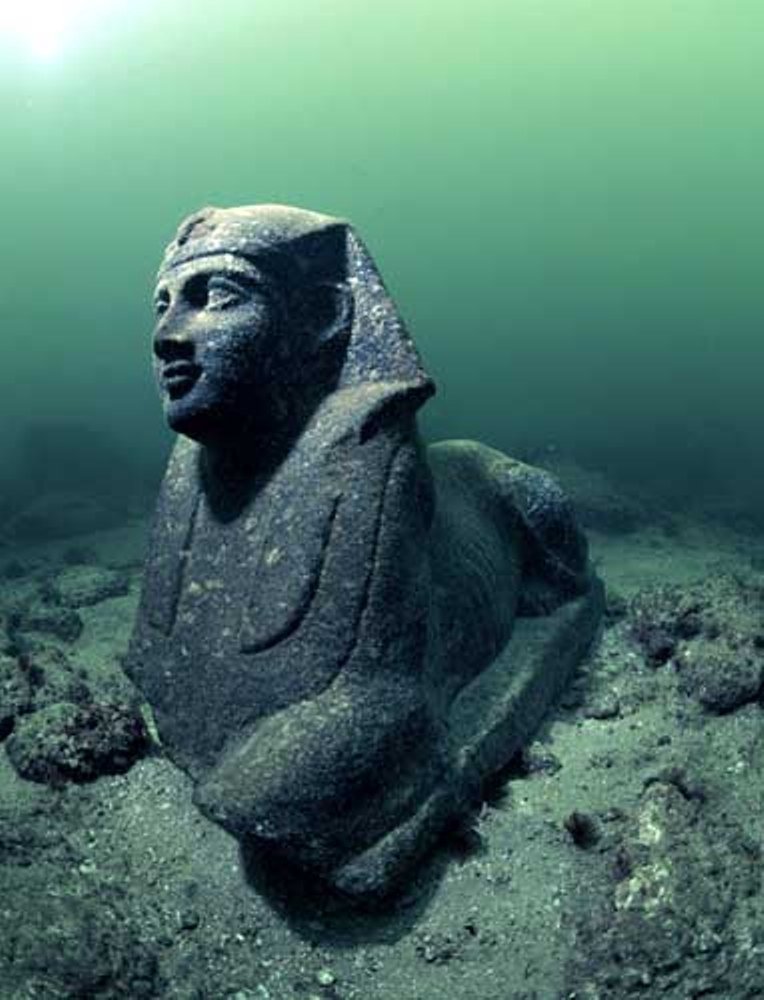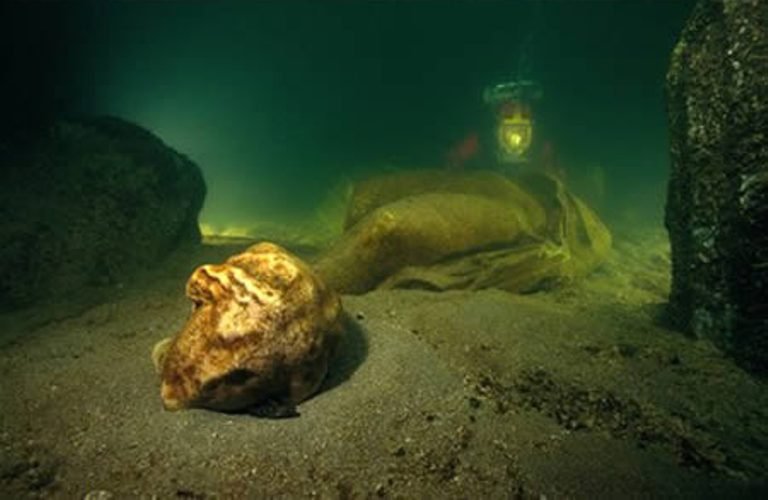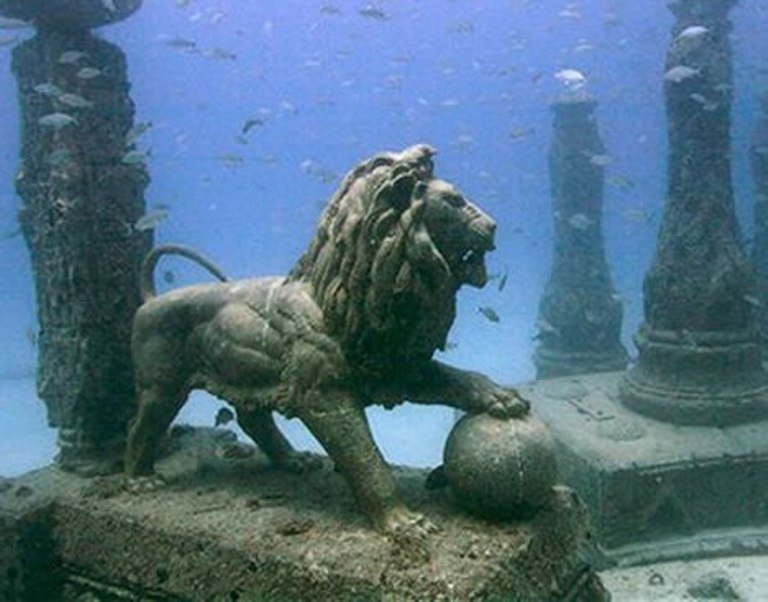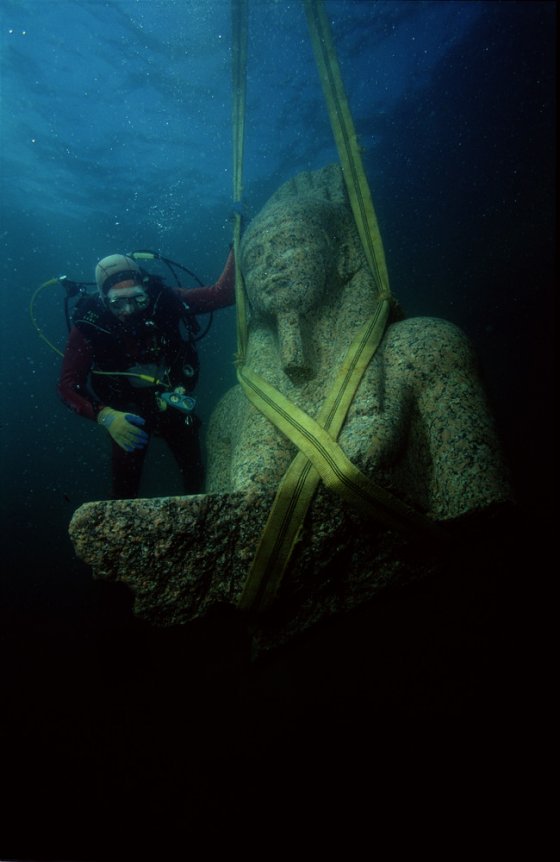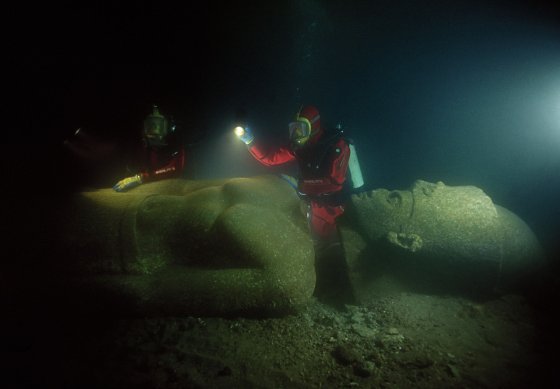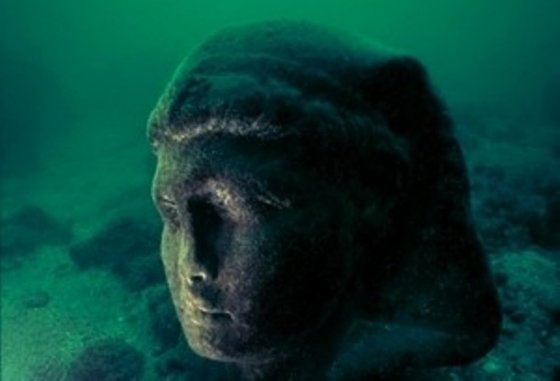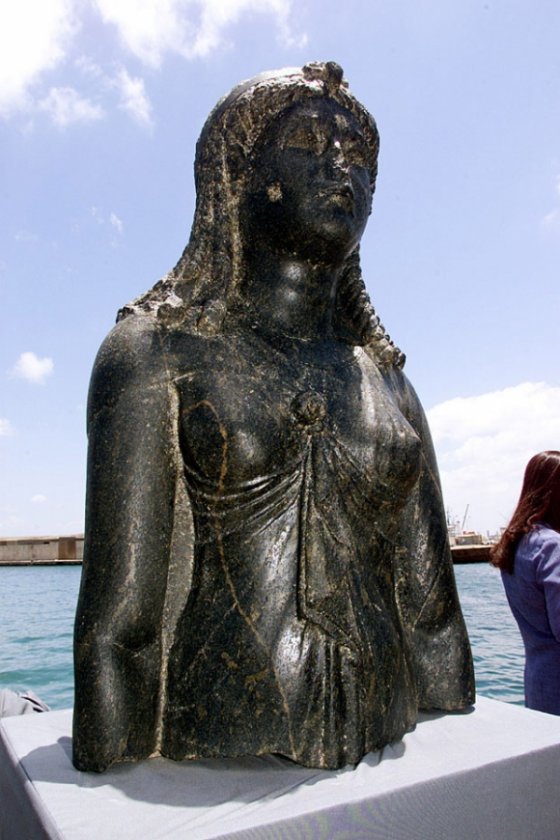Stunning Underwater Photos Reveal Secrets Of Legendary Lost City Of Heracleion
Ellen Lloyd - AncientPages.com - In ancient times, the city of Thonis-Heracleion, known in modern tiles as the lost kingdom of Cleopatra served as a gateway to Egypt. Today, this mysterious legendary city is submerged in Egypt's Aboukir Bay, near Alexandria.
Why the city sank remains a mystery, but it was swallowed by the Mediterranean Sea and has been buried in sand and mud for more than 1,200 years.
New amazing underwater discoveries allow archaeologists to piece together clues and to create an image of what life was like in the ancient city.
Mysterious ancient figures buried beneath the water. © Franck Goddio/Hilti Foundation, photo: Christoph Gerigk
Known as Heracleion to the ancient Greeks and Thonis to the ancient Egyptians the city was rediscovered in 2000 by French underwater archaeologist Dr. Franck Goddio and a team from the European Institute for Underwater Archaeology (IEASM) after a four-year geophysical survey.
"Prior to its discovery in 2000 by the IEASM, no trace of Thonis-Heracleion had been found.
Among the most important monuments that were discovered at the temple area of Thonis-Heracleion is this monolithic chapel (naos) dating to the Ptolemaic period. It served as a key for the identification of the city. © Franck Goddio/Hilti Foundation, photo: Christoph Gerigk
Its name was almost razed from the memory of mankind, only preserved in ancient classic texts and rare inscriptions found on land by archaeologists.
The Greek historian Herodotus (5th century BC) tells us of a great temple that was built where the famous hero Herakles first set foot in Egypt.
An archaeologist measures the feet of a colossal red granite statue at the site of Heracleion discovered in Aboukir Bay. © Franck Goddio/Hilti Foundation, photo: Christoph Gerigk
He also reports of Helen's visit to Heracleion with her lover Paris before the Trojan War. More than four centuries after Herodotus' visit to Egypt, the geographer Strabo observed that the city of Heracleion, which possessed the temple of Herakles, is located straight to the east of Canopus at the mouth of the Canopic branch of the River Nile," Dr. Frank Goddio writes on his website.
As we have previously seen in our article Lost Kingdom Of Cleopatra - An Amazing Egyptian Underwater City scientists believe that the entire city was completely submerged, along with all the artifacts, statues, columns, and other beauties of the palace of Cleopatra.
Today, these ancient statues are like forgotten memories of the past. © Franck Goddio/Hilti Foundation, photo: Christoph Gerigk
Several of the submerged artifacts remained largely intact. Amongst the discoveries were the palace's foundations, shipwrecks, red granite columns, and statues of the goddess Isis and a sphinx.
Once this was part of Cleopatra's kingdom. © Franck Goddio/Hilti Foundation, photo: Christoph Gerigk
Among the massive limestone blocks toppled in the fourth century was a huge quartzite block engraving a pharaoh. An inscription indicates it depicts Seti I, father of Ramses II.
Divers also discovered a colossal stone head believed to be of Caesarion, son of Cleopatra and previous lover Julius Caesar, and two sphinxes, one of them probably representing Cleopatra's father, Ptolemy XII.
Researchers believe that the city was a central area used as a customs hub where trade coming from Greece and other places in the Mediterranean entered Egypt.
A colossal statue of red granite (5.4 m) representing the god Hapi, which decorated the temple of Heracleion. The god of the flooding of the Nile, symbol of abundance and fertility, has never before been discovered at such a large scale, which points to his importance for the Canopic region. © Franck Goddio/Hilti Foundation, photo: Christoph Gerigk
"The site has amazing preservation. We are now starting to look at some of the more interesting areas within it to try to understand life there," said Dr. Damian Robinson, who is working on the site and is director of the Oxford Center for Maritime Archaeology at the University of Oxford.
"We are getting a rich picture of things like the trade that was going on there and the nature of the maritime economy in the late Egyptian period. There were things that were coming in from Greece and the Phoenicians."
"It is a major city we are excavating," Robinson said.
Franck Goddio and divers of his team are inspecting the statue of a pharaoh. The colossal statue is of red granite and measures over 5 metres. It was found close to the big temple of sunken Thonis-Heracleion and reassembled on the site. © Franck Goddio/Hilti Foundation, photo: Christoph Gerigk
Everyone who finds underwater archaeology a fascinating subject can now look forward to Dr. Giddo's new documentary that will highlight the major discoveries that have been unearthed at Thonis-Heracleion during a 13-year excavation.
"By lying untouched and protected by sand on the seafloor for centuries, they are brilliantly preserved." Among the finds is the largest known statue of the Egyptian god of the Nile flood (Hapi) and one of the largest known concentrations of ancient ships. Additionally, there are well-preserved shrines from the heart of the temple area, votive items and jewelry, coins, and finely carved official inscriptions on stone documenting life in the city and exchange with other cultures.
A sunken statue discovered underwater outside of Egypt. © Franck Goddio/Hilti Foundation, photo: Christoph Gerigk
"The archaeological evidence is simply overwhelming," said Professor Sir Barry Cunliffe, a University of Oxford archaeologist taking part in the excavation. "By lying untouched and protected by sand on the seafloor for centuries they are brilliantly preserved."
French Marine archaeologist Frank Goddio explains text on the stele of Heracleion on a barge in an Alexandria naval base June 7, 2001.
The statue of the Goddess Isis sits on display on a barge in an Alexandria naval base on June 7, 2001.
Many advanced ancient civilizations ended due to earthquakes, tsunamis, or other natural disasters, and we are now looking at their artifacts.
There are many ancient secrets at the bottom of the oceans. We can learn more about our ancestors with the help of emerging technologies that allow us to explore the depths as never before.
Written by - Ellen Lloyd – AncientPages.com
Copyright © AncientPages.com All rights reserved. This material may not be published, broadcast, rewritten or redistributed in whole or part without the express written permission of AncientPages.com
More From Ancient Pages
-
 Statue Of Apollo Discovered in Ancient City Of Prusias ad Hypium, Turkey
Archaeology | Aug 26, 2022
Statue Of Apollo Discovered in Ancient City Of Prusias ad Hypium, Turkey
Archaeology | Aug 26, 2022 -
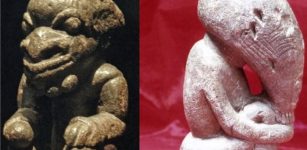 Monstrous Nomoli Figures Left By Unknown Culture That Vanished Long Ago
Artifacts | Mar 13, 2023
Monstrous Nomoli Figures Left By Unknown Culture That Vanished Long Ago
Artifacts | Mar 13, 2023 -
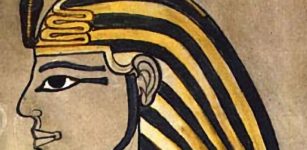 Uraeus – Sacred Emblem That Symbolized Sovereignty, Royalty, Deity And Divine Authority In The Land Of Pharaohs
Featured Stories | May 30, 2022
Uraeus – Sacred Emblem That Symbolized Sovereignty, Royalty, Deity And Divine Authority In The Land Of Pharaohs
Featured Stories | May 30, 2022 -
 Ancients Built Hindu Temples On A Straight Line Without Access To Satellite Images
Archaeology | Feb 24, 2017
Ancients Built Hindu Temples On A Straight Line Without Access To Satellite Images
Archaeology | Feb 24, 2017 -
 How Did A Roman Sarcophagus End Up On A Beach Near Varna In Bulgaria?
Archaeology | Aug 6, 2024
How Did A Roman Sarcophagus End Up On A Beach Near Varna In Bulgaria?
Archaeology | Aug 6, 2024 -
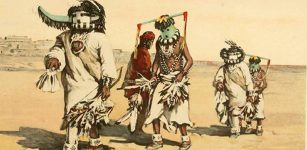 Zuni Indians Bravely Fought For Their Ancient Culture, Traditions And Respect For Their Ancestors
Featured Stories | Mar 14, 2018
Zuni Indians Bravely Fought For Their Ancient Culture, Traditions And Respect For Their Ancestors
Featured Stories | Mar 14, 2018 -
 Secrets Of Ancient Ivory Manikins Revealed
Archaeology | Nov 28, 2019
Secrets Of Ancient Ivory Manikins Revealed
Archaeology | Nov 28, 2019 -
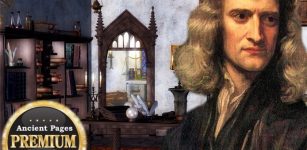 The Mysterious Metaphysical World Of Isaac Newton
Ancient Mysteries | Aug 21, 2018
The Mysterious Metaphysical World Of Isaac Newton
Ancient Mysteries | Aug 21, 2018 -
 Ereshkigal – Ruler Of The Sumerian Underworld And Most Feared Deity In Mesopotamian Pantheon
Featured Stories | Mar 16, 2017
Ereshkigal – Ruler Of The Sumerian Underworld And Most Feared Deity In Mesopotamian Pantheon
Featured Stories | Mar 16, 2017 -
 Giant 7,000-Year-Old Astronomical Calendar Discovered In Poland?
Archaeology | Dec 22, 2017
Giant 7,000-Year-Old Astronomical Calendar Discovered In Poland?
Archaeology | Dec 22, 2017 -
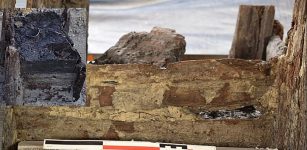 Czech Neolithic Well Is Oldest Wooden Structure In The World
Archaeology | Mar 11, 2020
Czech Neolithic Well Is Oldest Wooden Structure In The World
Archaeology | Mar 11, 2020 -
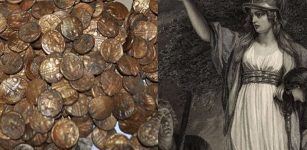 Valuable Ancient Celtic Gold Coins Found By Birdwatcher – A War Chest For Queen Boudicca’s Campaign?
Archaeology | Jan 5, 2021
Valuable Ancient Celtic Gold Coins Found By Birdwatcher – A War Chest For Queen Boudicca’s Campaign?
Archaeology | Jan 5, 2021 -
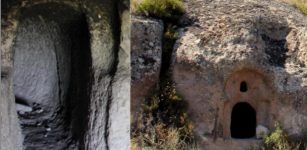 New Entrances To Ancient Underground City In Kayseri, Turkey – Found Accidentally
Archaeology | May 1, 2020
New Entrances To Ancient Underground City In Kayseri, Turkey – Found Accidentally
Archaeology | May 1, 2020 -
 Mahabalipuram: Ancient Ruined City And Its Marvellous Rock-Cut Architecture In South India
Featured Stories | Jul 25, 2021
Mahabalipuram: Ancient Ruined City And Its Marvellous Rock-Cut Architecture In South India
Featured Stories | Jul 25, 2021 -
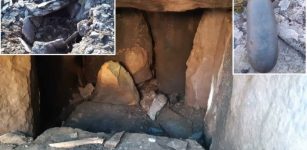 Ancient Bronze Age Tomb With Highly Unusual Features – Discovered On Dingle Peninsula, Ireland
Archaeology | Apr 29, 2021
Ancient Bronze Age Tomb With Highly Unusual Features – Discovered On Dingle Peninsula, Ireland
Archaeology | Apr 29, 2021 -
 Mysterious Lost Tartessian Civilization And Its Ancient Tablet With Paleo-Hispanic Alphabet
Archaeology | Jun 15, 2024
Mysterious Lost Tartessian Civilization And Its Ancient Tablet With Paleo-Hispanic Alphabet
Archaeology | Jun 15, 2024 -
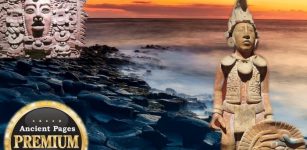 Traces Of Ancient Maya In Europe? Controversial Theory Examined
Ancient Mysteries | May 25, 2018
Traces Of Ancient Maya In Europe? Controversial Theory Examined
Ancient Mysteries | May 25, 2018 -
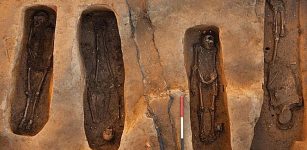 Jamestown: Unearthed graves with four bodies and a small sealed silver box
News | Aug 28, 2015
Jamestown: Unearthed graves with four bodies and a small sealed silver box
News | Aug 28, 2015 -
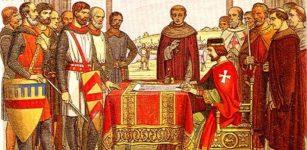 On This Day In History: King John Of England Died – On Oct 19, 1216
News | Oct 19, 2017
On This Day In History: King John Of England Died – On Oct 19, 1216
News | Oct 19, 2017 -
 Earliest Record Of An Aurora Discovered In The Bamboo Annals
Archaeology | Apr 15, 2022
Earliest Record Of An Aurora Discovered In The Bamboo Annals
Archaeology | Apr 15, 2022

